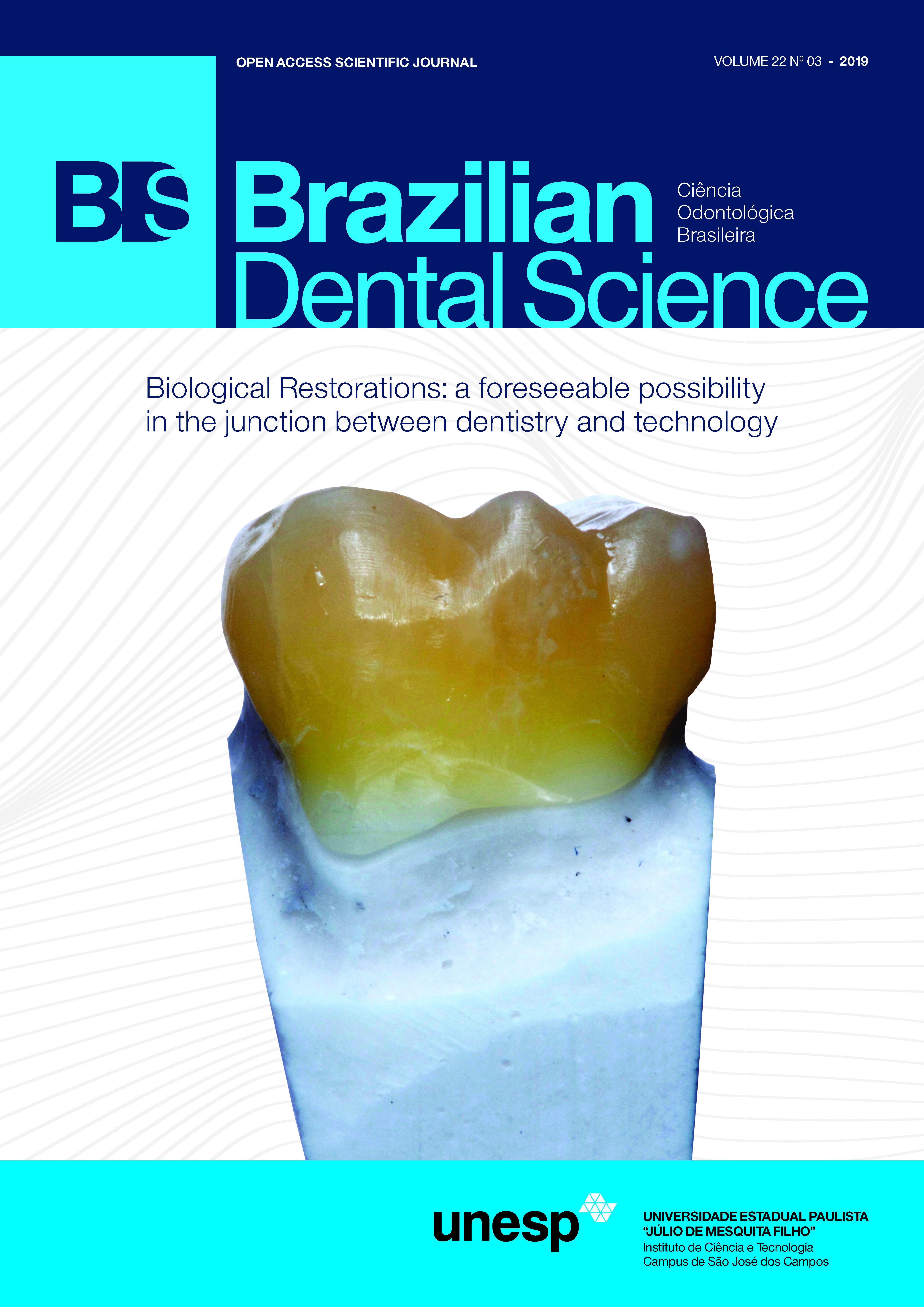Relationship between adenoid hypertrophy and sleep apnea in children
DOI:
https://doi.org/10.14295/bds.2019.v22i3.1715Abstract
It was decided to organize this work on the assumption that it is necessary for all dental surgeons to familiarize themselves with the structure and alterations in oral anatomy from childhood, with attention to the possibility of adenoid hypertrophy (AH) and obstructive sleep apnea syndrome (OSAS) to be present, and these professionals can assist in orthodontic treatment. The objective of this literature review was to observe if there is a correlation between adenotonsillar hypertrophy and sleep apnea in children and which treatment were adopted. The following databases were searched: LILACS, MEDLINE, PubMed, Cochrane, Web of Science and SciELO, from January 2014 to August 2018. It is concluded that there is a correlation between hypertrophy of the adenoid glands and apnea of the sleep in children. Hypertrophy presents as the main cause of obstructive sleep apnea syndrome in pediatric patients and its treatment may be surgical, removal of the adenoid, drug or orthodontic glands.
Downloads
Downloads
Additional Files
Published
How to Cite
Issue
Section
License
Brazilian Dental Science uses the Creative Commons (CC-BY 4.0) license, thus preserving the integrity of articles in an open access environment. The journal allows the author to retain publishing rights without restrictions.
=================




























